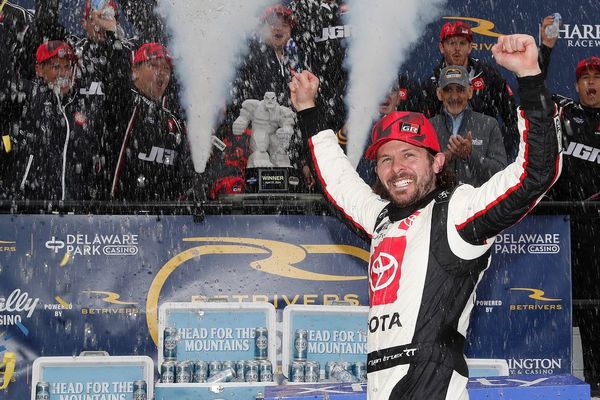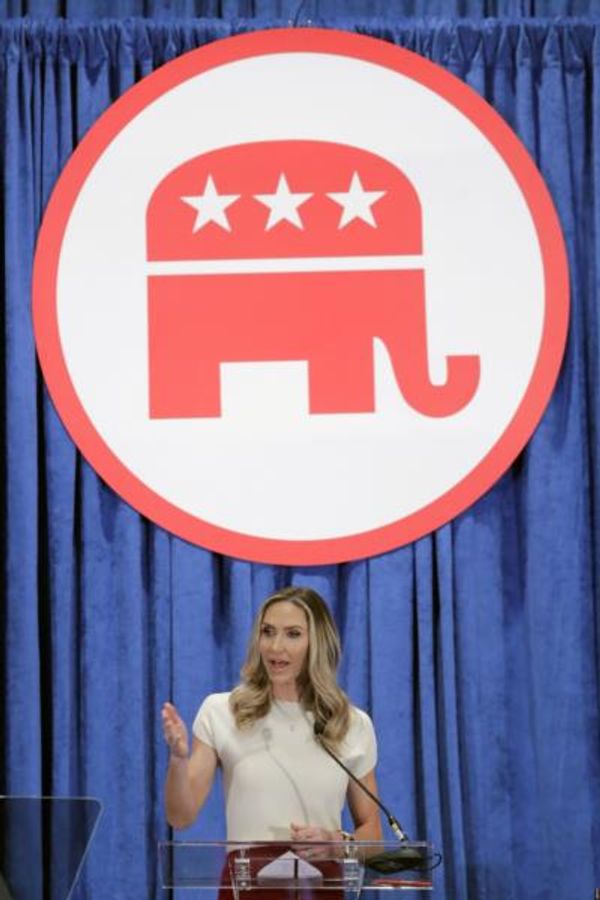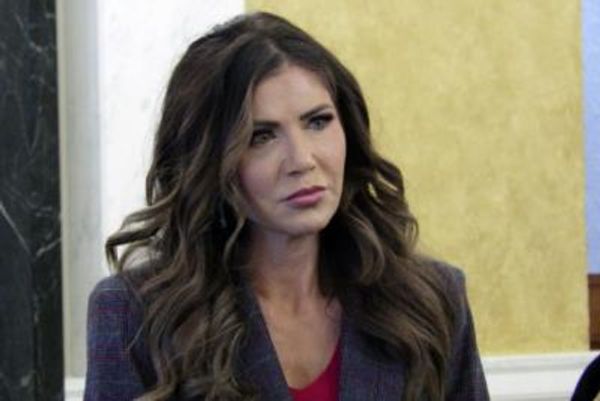
The suspense is over.
After a year of uncertainty and speculation, we know the location of the next Tesla manufacturing facility.
Mexico beat Indonesia to the finish line.
The president of Mexico, Andrés Manuel López Obrador, on Feb. 28 indicated that the electric-vehicle leader has agreed to build a production site in the industrial hub of Monterrey in northern Mexico.
The promise was made after he and Tesla (TSLA) CEO Elon Musk spoke by phone the day before. Mexico's president didn't specify details about the plant, including which vehicle or vehicles it will make, how big it will be, how many jobs it will create, the cost of investment and the production capacity.
"This is going to mean a considerable investment and many, many jobs," López Obrador said.
'My Understanding Is That It Will Be Very Big'
He added that: "My understanding is that it will be very big."
The announcement was applauded by many Mexican authorities such as Samuel García, the governor of Nuevo Leon state.
"¡Ganó México, Ganó NL, GANAMOS TODOS!" Garcia tweeted in Spanish on Feb. 28. This means "Mexico won, Nuevo Leon (NL) won, WE ALL WIN!”
His state had closely courted Tesla despite the reservations of Lopez Obrador, who did not want to grant a permit for a new factory in the region because of the risk of water shortages. The state had put up billboards saying "Welcome Tesla.”
The government is building a 60-mile (100-kilometer) pipeline to bring more water in from a dam to increase supply.
Lopez Obrador indicated that "there is one commitment that all the water used in the manufacture of electric automobiles will be recycled water."
Tesla is expected to confirm the announcements during the company's Investor Day scheduled for March 1.
The factory will be located in Santa Catarina in Monterrey city, the capital of Nuevo Leon state, in an industrial area of northeastern Mexico. While it's unclear which models will be produced at the new factory, automakers generally produce their cheaper models in Mexico, where labor is cheaper.
The base price of the Model 3 sedan, Tesla's current entry-level vehicle, is $42,990.
Tesla will not be the only automotive group manufacturing vehicles in Mexico. General Motors (GM) and Ford (F) are already established there.
The new plant, if Tesla confirms it, will be the company's fifth and the third outside the U.S. The company already has four car-assembly factories: Fremont, Calif., and Austin in the U.S. as well as Shanghai and Berlin.
Tesla's Factories; U.S. Tax Credits for Buyers
The first two mainly serve the North American market and have combined production capacities of 900,000 vehicles per year, according to Tesla. They produce all models of vehicles sold by Tesla: Model 3, Model Y, Model X and Model S.
Late this year, the Austin factory will also produce the highly anticipated Cybertruck, in addition to the Model Y.
In Shanghai, the car manufacturer produces vehicles sold in Asia and Europe. But since the German plant opened in March, it should become the primary provider to the European market.
Giga Shanghai has production capacity of more than 750,000 units annually.
The German factory both assembles cars and develops batteries. It has annual production capacity of more than 250,000.
The choice of Mexico is not really a surprise: Tesla already has an exclusive customs lane for parts crossing the border into Texas.
In addition, Mexico and Canada won a major victory in December over the U.S. on the subject of vehicles shipped across borders. This means that vehicles assembled in Mexico and Canada may be eligible for the new federal tax credits included in the Inflation Reduction Act. The bill, signed last August, is designed to encourage consumers to choose electric vehicles when they buy cars.
The tax credit of $7,500 is divided in two: $3,750 applies if at least 40% of the minerals of the batteries powering the vehicles come from the U.S. or a country having a free-trade agreement with America. An additional $3,750 applies if at least 50% of the battery components come from the U.S. or from countries with a free-trade agreement with America.
In short, how much of the $7,500 tax credit -- all, half or none -- a consumer receives depends on the battery components and minerals in each Tesla vehicle.







